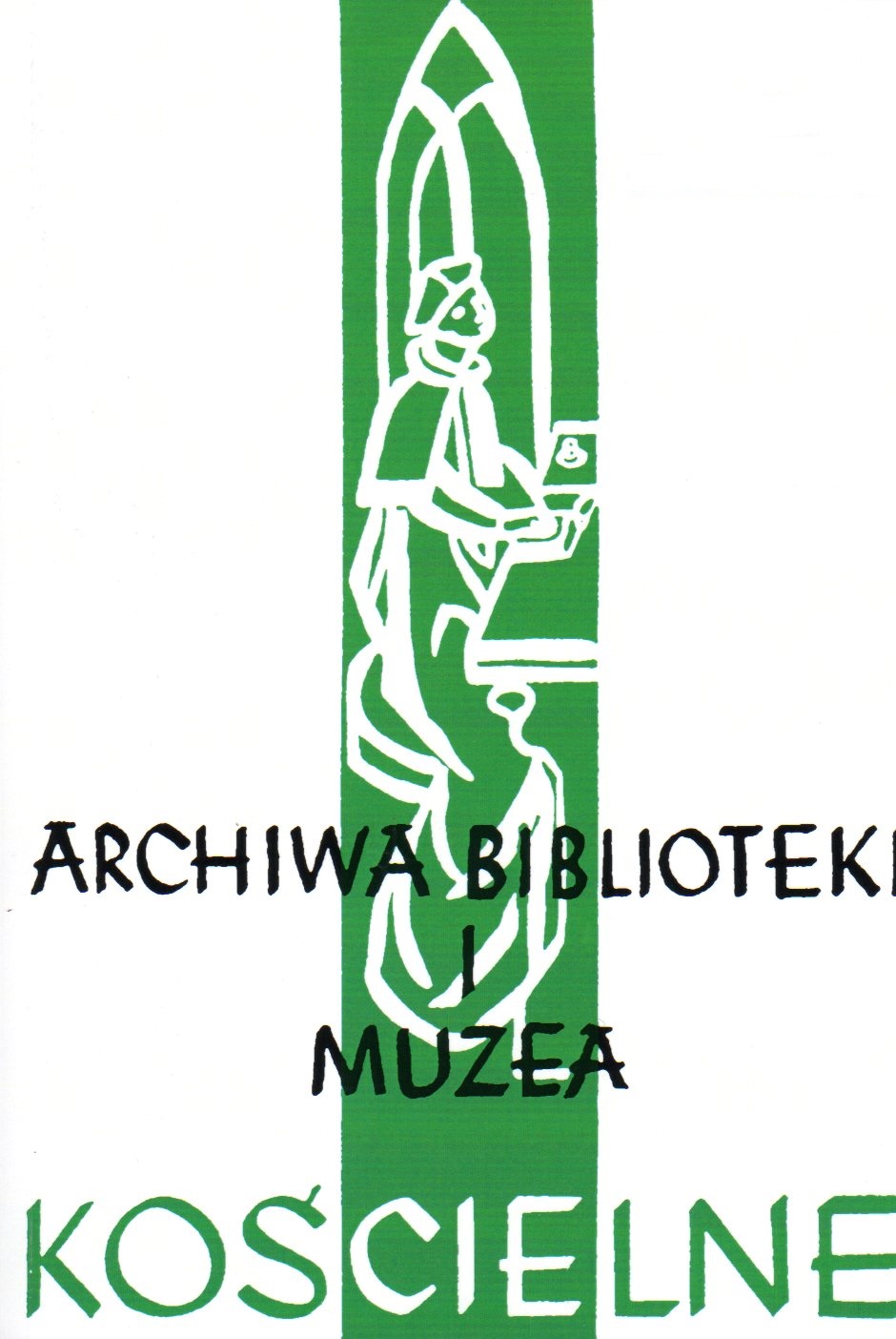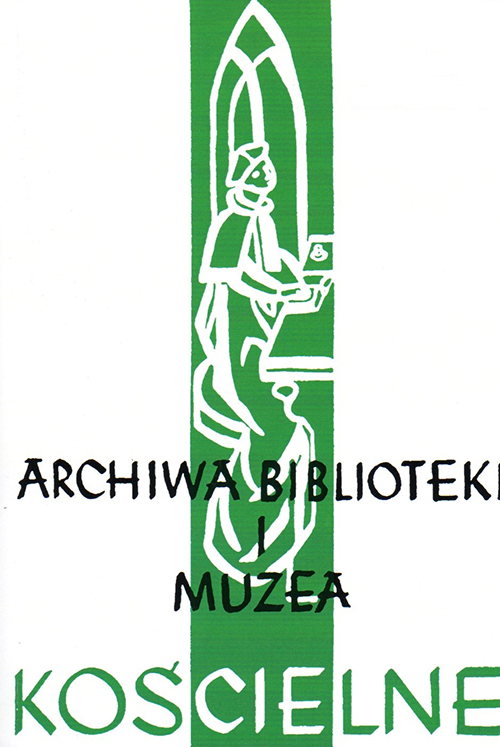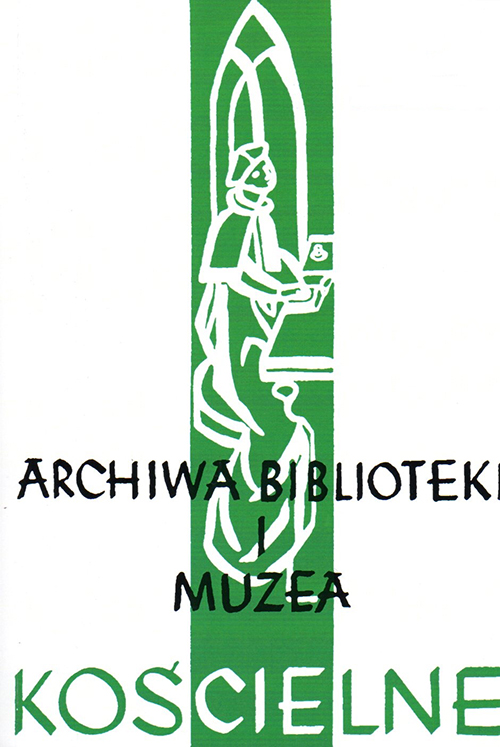Author(s): Beata Skrzydlewska / Language(s):
Issue: 102/2014
In the Archive of the Norbertine Sisters in Imbramowice in the folder entitled The list of things donated to the church of the Norbertine Sisters in Imbramowice there is The register of all church things written on 25 October, 1862.
The inventory of 1862 was drawn up when Bronisława Switanowska was the superior of the convent. The period of her reign was the time of changes for the convent in Imbramowice. At first there were no major obstacles in monastic life, and in those times of relative prosperity on 25 October, 1862 a list of things belonging to the convent was made. We learn from it that the convent church was in possession of the following church vestments: a) chasubles - 43, b) copes - 10, c) albs - 23, d) amises - 29, e) purificators - 45, f)corporals- 17 g) palls - 50 h) antependia 41.
Under the goldsmithery the entry includes: a) candlesticks: silver – 22, tin – 6, wooden 51, porcelain 2, tinplated 2, metal- 6, brass - 1; b) chalices - 6, c) monstrances - 1, d) reliquaries - 4, e) a pyx 1
The register also contains a number of other items, such as carpets, surplices, etc. Paintings and sculptures are not included. This register is particularly valuable because the chronicles relating to that period were written only in 1924, therefore, they are of a retrospective type. Analyzing the inventory of 1862, it can be noticed that some things were given or done by the nuns living in a convent. The register also includes the objects that convent acquired in 1863, 1864, 1866 and 1867. Those are the inventories from the period particularly difficult for the convent. The January Uprising initiated great changes. And the year 1864 was extremely critical for Imbramowice as it was then when, after the collapse of the uprising, the convent was ordered to be close down. As the records show at that time donations also came from the Norbertine Sisters in Imbramowice. In addition, the Norbertine Sisters of Pinczów (Busk) after the liquidation of their convent brought their possession to Imbramowice in 1864. The last two registers come from the years 1866 and 1867.
More...



